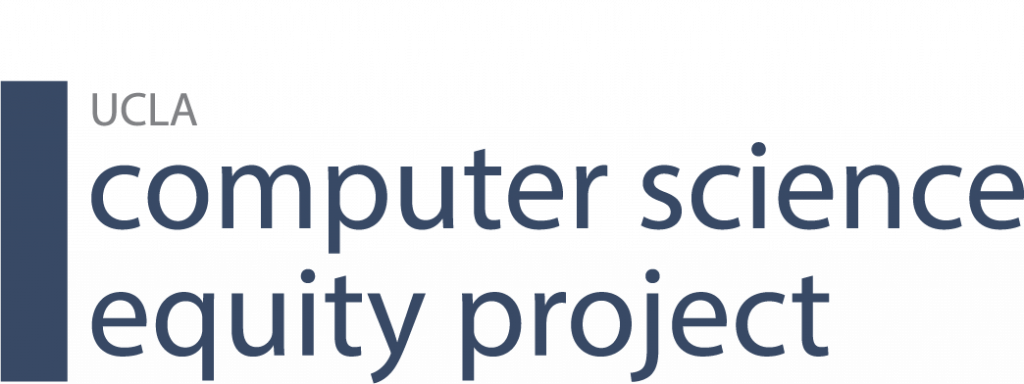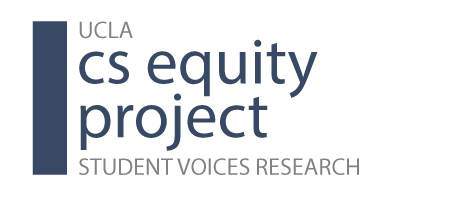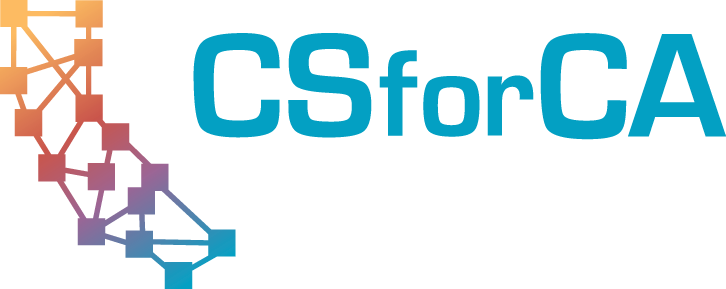By John McDonald
Innovative publication shines a light on bias, lack of representation in technology, encourages engagement of young people in computer science.
Computers and technology and our interactions with them impact almost all aspects of our lives. But often, these interactions take place on a playing field that is not neutral or objective and often biased.
To address the challenge, Jean Ryoo and Jane Margolis, long time collaborators and UCLA Center X researchers, along with artist Charis JB, have teamed up to produce “Power On!” a groundbreaking graphic novel that shines a bright and innovative light on the issues of representation and participation in computer science and technology.
Their work confronts a growing problem with significant consequences. As the organization Public Citizen said in a 2021 report, “Algorithms systematically and disproportionately harm Black and Brown communities by restricting opportunity and access.” Such bias they add leads to discrimination and harm for communities of color, women, trans people, and gender non-conforming individuals.
“As in society, bias, discrimination and a lack of representation are pervasive in the realms of technology and computer science and we are not immune to their corrosive force,” says Jane Margolis, a senior researcher at UCLA Center X. “Unless and until we have wider representation at the design table – with women, people of color and especially young people able to participate in the design and creation of technologies, our opportunities will remain constrained, the playing field unfair.”
Based on research and inspired by young people and educators, “Power On!” tells the story of how a diverse group of teenage friends learn how computing can be personally and politically empowering and why all students need access to computer science education.
In the novel, students Taylor, Christine, Antonio, and Jon are typical young teens, using tech to communicate endlessly by text, share jokes and their worries about starting high school, and support each other. But when a racially-biased artificial intelligence system causes harm in their neighborhood, they realize that technology isn’t as neutral as they thought it was. They begin to wonder; can an algorithm be racist? And what is an algorithm, anyway?
In school, the teens decide to explore computing classes, but their classes and options are limited. One class is only about typing. Another is full. But Antonio has a class that offers a meaningful exploration of computer science, and Christine finds an informative after-school program, and they teach the others what they learn.





